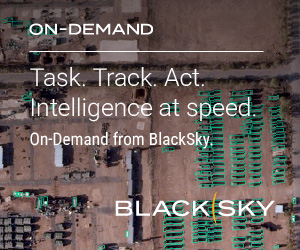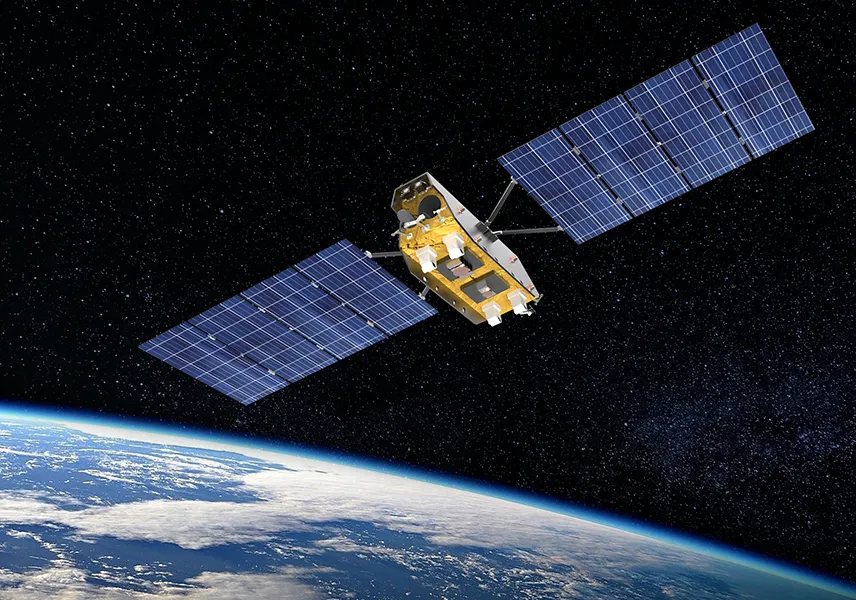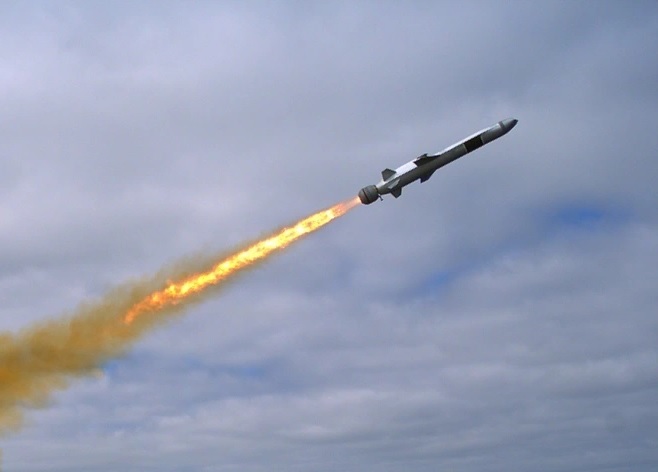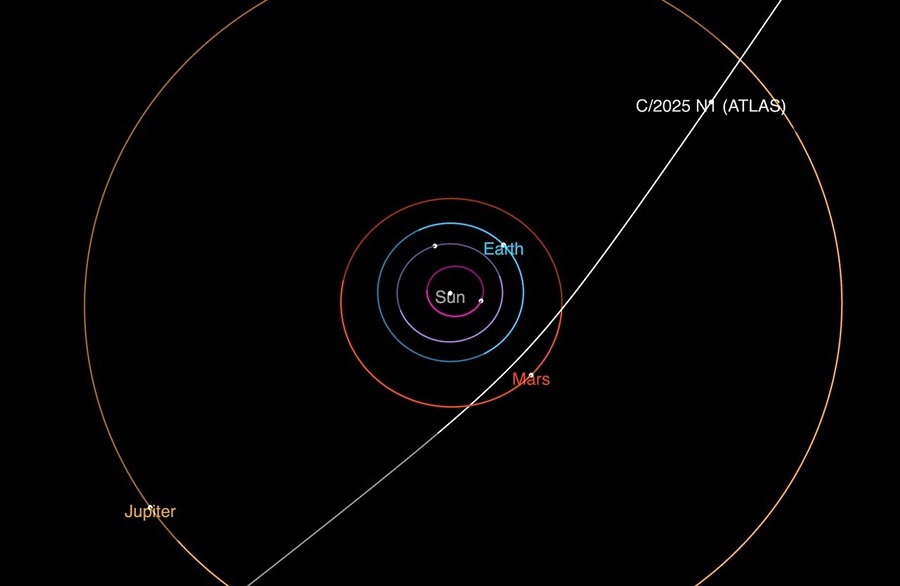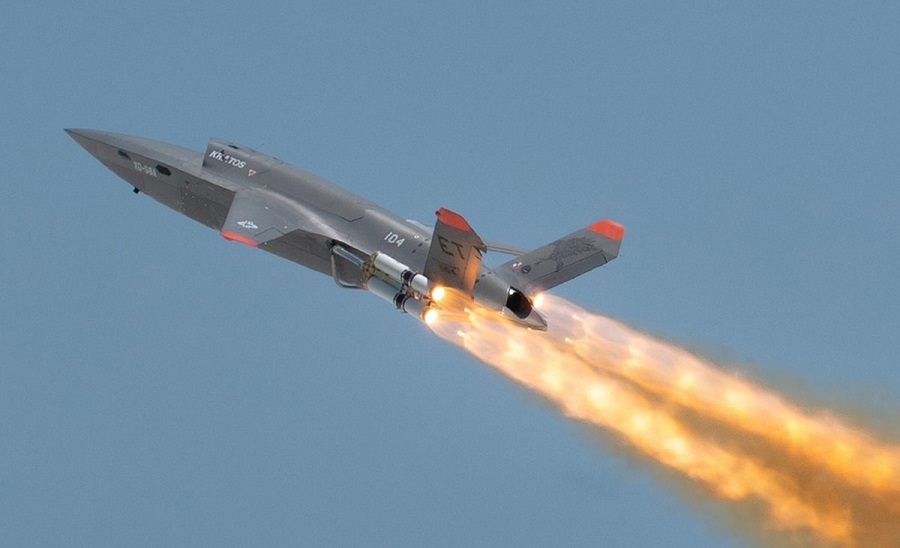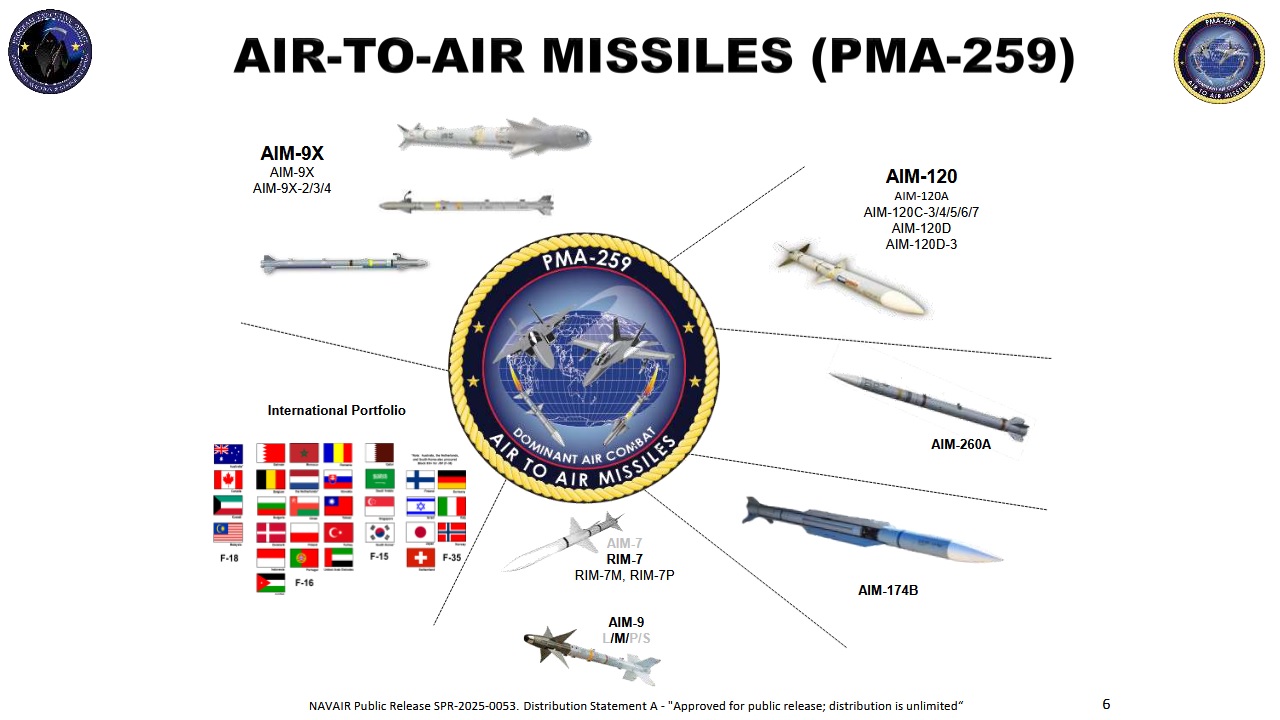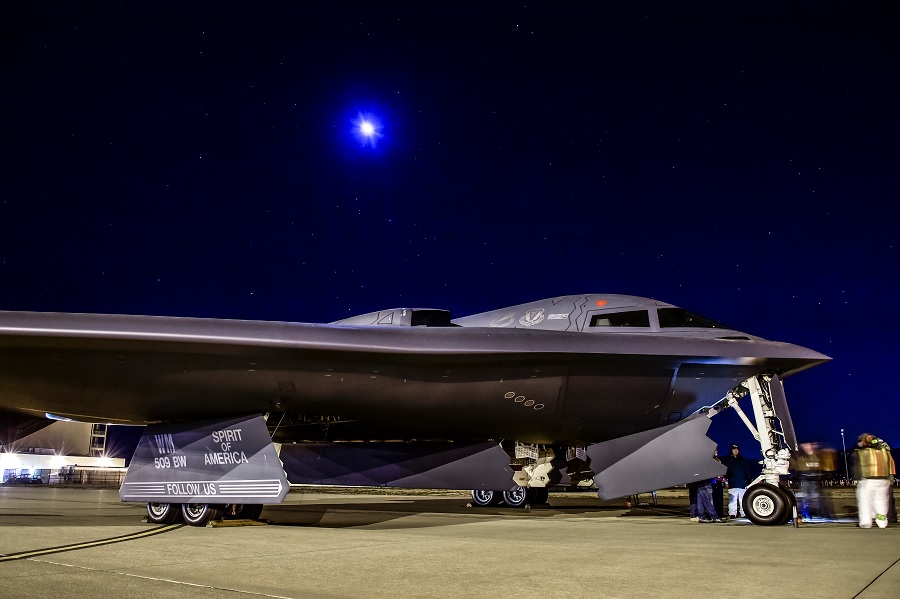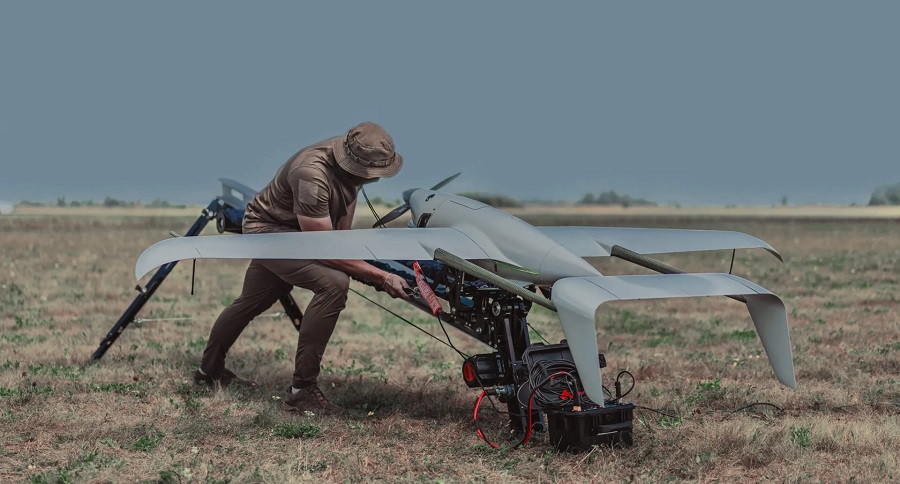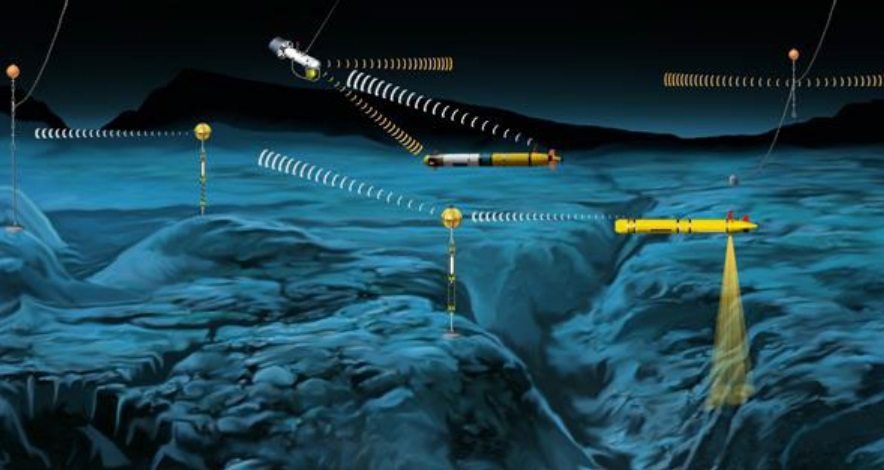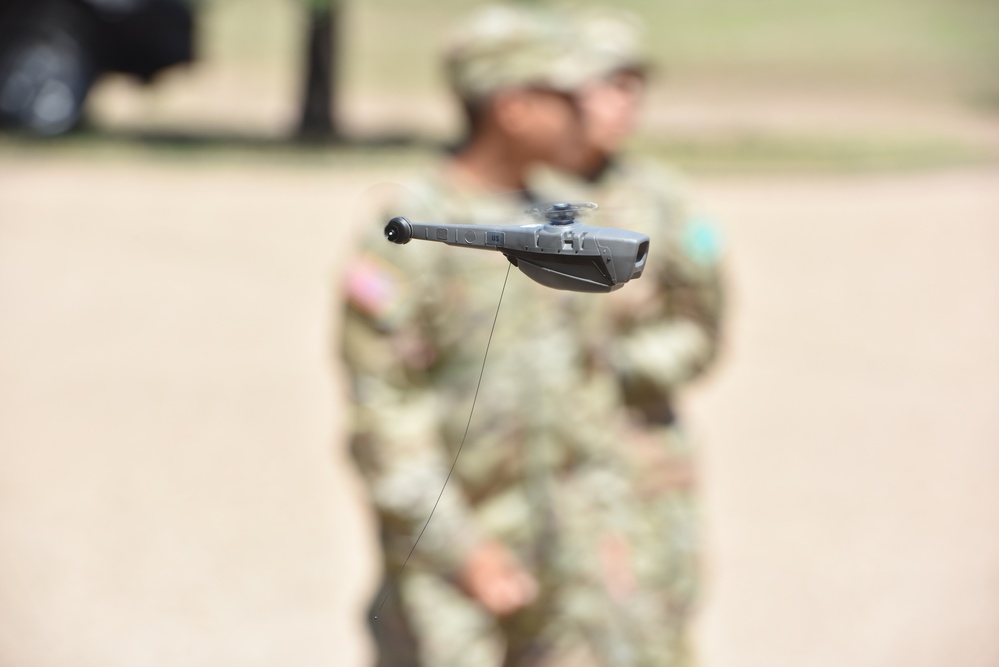“As a leading provider of Landing Stations and fibre network solutions, Vocus is an ideal partner to deliver the resilient, scalable terrestrial infrastructure that not only serves as a key interconnect point for customer data, but also further strengthens Australia’s digital infrastructure resilience,” said Asit Tandon, Telesat’s Chief Network and Information Officer. He added that the station will play a key role in satellite testing and customer field trials ahead of global service delivery, which is set to begin after satellite launches commence in late 2026.
Ashley Neale, Head of Vocus Space and Wireless Operations, highlighted Vocus’ existing expertise, stating, “Vocus already has 30 ground stations currently in operation or contracted to be built, demonstrating that our infrastructure provides the critical reliability needed for LEO networks.” He expressed pride in partnering with Telesat to establish its network in Australia.
The agreement also includes a long-term commitment to Telesat Lightspeed services once the network becomes active. These services will deliver low-latency, secure connectivity backed by committed information rates (CIR) and comprehensive service level agreements for Vocus’ enterprise and government clients.
“We’re honoured that Vocus will be integrating our MEF 3.0 compliant Telesat Lightspeed Carrier Ethernet services into its portfolio to meet the secure, mission-critical requirements of their customers in Australia, as well as their distributed networks across the globe,” said Glenn Katz, Telesat’s Chief Commercial Officer. He noted the flexible architecture of the network, which includes public and private networking options, additional security features, and customer control over encryption.
A distinctive feature of the Telesat Lightspeed network will be its Terminal-to-Terminal connectivity, which allows direct communication between user terminals without relying on terrestrial infrastructure. “This will enable, for example, a naval vessel to communicate via the Telesat Lightspeed satellites directly with ground deployed soldiers via the optical laser-linked space network, completely bypassing land-based infrastructure or the public internet,” Neale explained.
This new capability is expected to provide significant benefits to clients with critical communication needs and requirements for data sovereignty beyond Australia’s borders.

